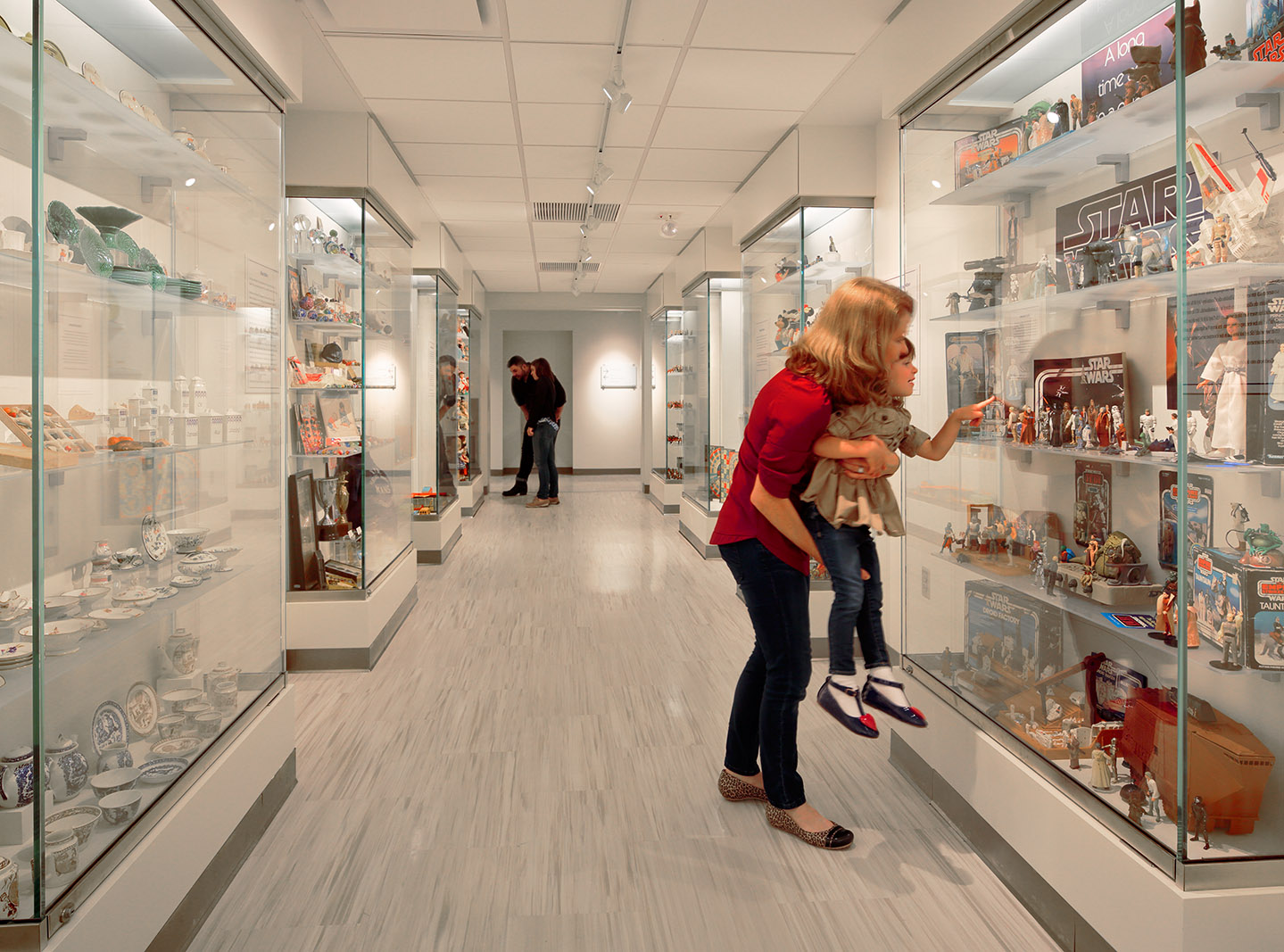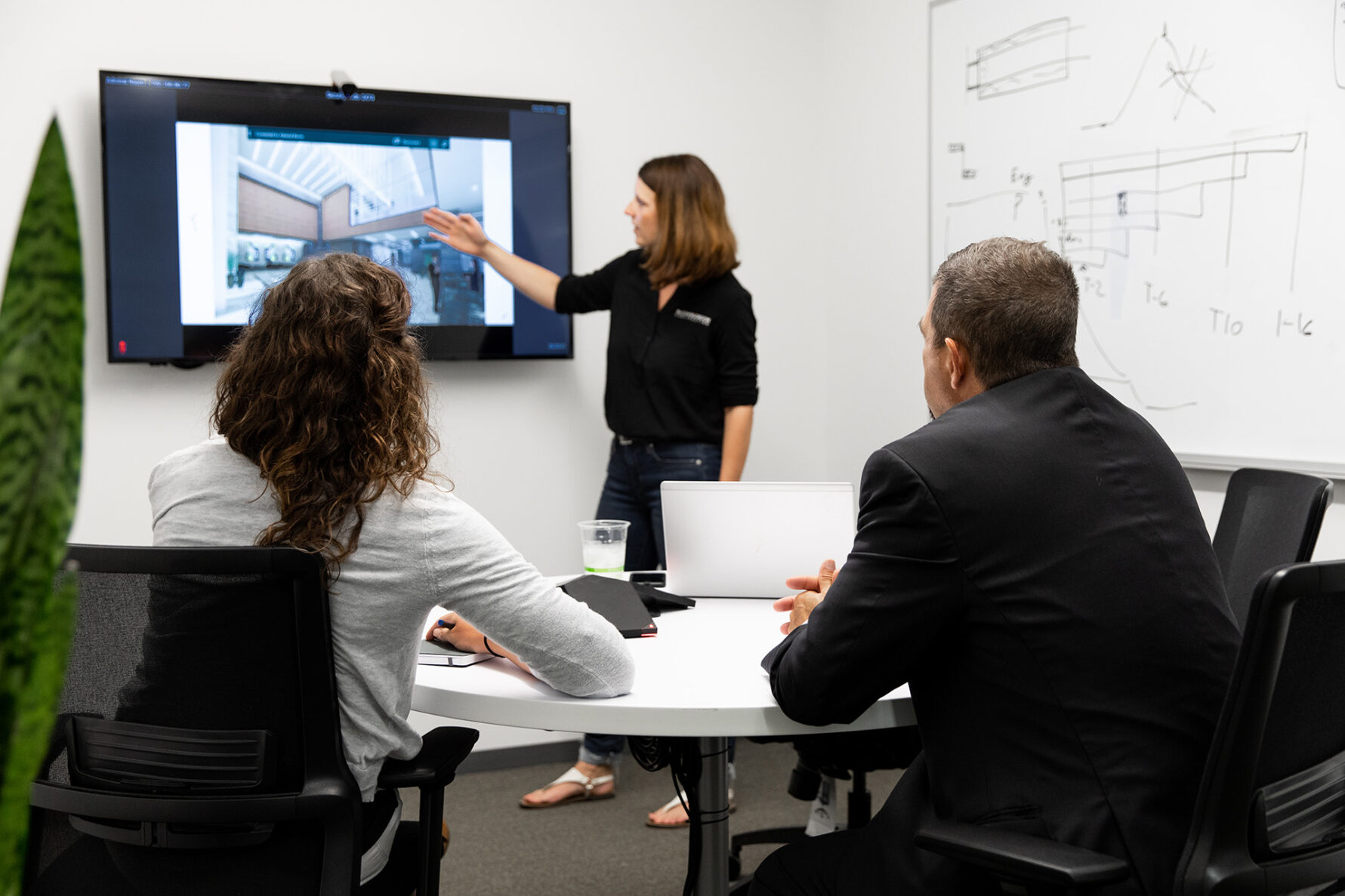Why MEP Systems are Mission-Critical in Museums

Our Building Performance Solutions team has worked on about every type of project, but museums are in a class of their own. These are not just buildings. They are cultural institutions where every system, every decision, and every phase of construction must support the preservation of priceless artifacts and the experience of every visitor.
Whether you’re a facility director walking the floor, a CFO reviewing energy costs, or a curator selecting the next traveling exhibit, one thing remains constant: the museum’s success depends on the performance of its mechanical, electrical, and plumbing (MEP) systems.
Environmental Stability Is Non-Negotiable
In museum environments, temperature, humidity, and air quality are mission-critical. Sensitive artifacts like canvas, textiles, wood, and manuscripts require extremely stable conditions to prevent deterioration. HVAC systems must do more than heat and cool; they must deliver precision control and reliability 24/7.
Unlike an office building, even a small drift in temperature or humidity can trigger irreversible damage. Poor calibration or maintenance can lead to increased energy use, costly repairs, and conservation challenges. That’s why we prioritize commissioning and system optimization from day one.
Not Just Preservation, But Presentation
Lighting, acoustics and ventilation shape how visitors engage with exhibits. Lighting systems must highlight art safely, minimize UV exposure, and support flexible layouts. Electrical distribution and controls must be dependable and adaptable.
Plumbing, though less visible, plays a vital role from public restrooms to conservation labs. Even a small leak can introduce moisture into sensitive areas and jeopardize collections. We build with reliability and redundancy in mind.
C-Suite Stakes: Risk, Cost, and Stewardship
For executive leadership, MEP systems are strategic assets. Mismanaged systems increase exposure to downtime, environmental instability, and rising utility costs. They can also impact insurance rates, public reputation, and compliance with standards like ASHRAE, accessibility codes, and fire life safety.
When systems are commissioned and maintained properly, facilities see lower costs, fewer disruptions, and longer equipment life. These are not just technical wins, they’re strong business outcomes.
What Commissioning Brings to the Table
Whether it’s new construction, renovation, or retro-commissioning, we verify that systems perform under real-world conditions. In museums, this supports stable environments, reliable operations, and readiness for climate-sensitive exhibits.
Commissioning also improves training and documentation for facilities staff, enabling proactive operations. In older buildings, this clarity is especially valuable.
We also design with flexibility in mind so your infrastructure can evolve with new exhibit formats, gallery expansions, or conservation needs. Smart MEP planning and commissioning lay the groundwork for scalable, responsive systems.
Learn more about our Commissioning Services
Final Thought
MEP systems are the quiet backbone of every safe, successful, and sustainable museum. When they perform well, everything else runs more smoothly from preserving priceless artifacts to hosting a flawless exhibit opening.
Investing in system performance isn’t just a technical decision. It’s a commitment to protecting what matters most to your institution.
Learn more about our MEP Services



